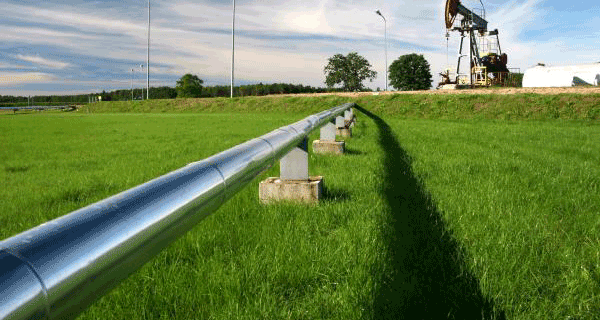 Natural resources are a key component of the overall Canadian economy and when that sector is heading in a positive direction you know it’s good news for the country.
Natural resources are a key component of the overall Canadian economy and when that sector is heading in a positive direction you know it’s good news for the country.
Statistics Canada revealed Wednesday that Real GDP, or the volume of economic activity from natural resources, rose 1.8 per cent in the second quarter of this year, following a 0.3 per cent decline in the first quarter.
Real GDP was up 0.7 per cent for the total economy in Canada.
“Real GDP in the energy (+3.2 per cent) and forestry (+3.2 per cent) subsectors increased in the second quarter. Growth in energy was mainly attributable to a 6.7 per cent increase in crude oil extraction, which more than offset large declines in refined petroleum products (-15.3 per cent) as shutdowns affected the output of a number of refineries,” said the federal agency.
“Growth in the forestry subsector was widespread among product groups, led by extraction (+5.2 per cent) and services (+4.8 per cent). Sawmill and wood products GDP (+3.4 per cent) also increased, on strong demand for lumber and other wood products from the American housing market.
“Minerals and mining subsector real GDP decreased 3.6 per cent in the second quarter as metallic mineral extraction fell 7.5 per cent. This coincided with work stoppages at an iron ore mine in Newfoundland and Labrador throughout most of the quarter.”
StatsCan said natural resource activity was $243.5 billion in the second quarter, accounting for 11.7 per cent of Canada’s GDP, up from an 11.4 per cent share in the first quarter. This was the highest share since the fourth quarter of 2014, as energy prices continued to rise.
It said natural resource prices increased 2.1 per cent in the second quarter, with prices up in every subsector. Prices in the forestry subsector grew the fastest (+4.8 per cent), with pulp and paper prices rising 6.1 per cent and sawmill and wood products prices up 5.8 per cent.
“Strong housing demand in the United States, coupled with tariffs on softwood lumber, pushed prices up substantially during the quarter,” added the federal agency.
“Price growth continued in the energy subsector (+2.4 per cent) in the second quarter. There was a 5.3 per cent rise in extracted energy product prices as crude oil prices rose 7.0 per cent, while other extracted products (mainly coal) grew 8.3 per cent. Prices in the mineral and mining subsector rose 1.4 per cent on higher coal prices (+8.6 per cent).”
Mario Toneguzzi is a veteran Calgary-based journalist who worked for 35 years for the Calgary Herald, including 12 years as a senior business writer.
The views, opinions and positions expressed by columnists and contributors are the author’s alone. They do not inherently or expressly reflect the views, opinions and/or positions of our publication.

